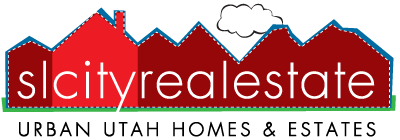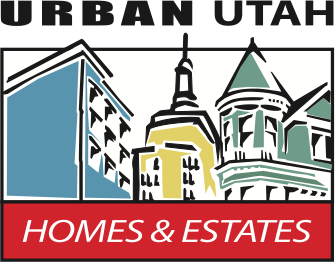Why Smart Growth


Health, schools, taxes, traffic, the environment, economic growth, fairness, opportunity—many of the things we care about—are all affected by development decisions. From the length of our daily commute to the price of a new home to the safety of our neighborhoods-what, where, and how we build have major impacts on our personal lives, our communities, and our nation.
Growth presents a tremendous opportunity for progress. Communities around the country are looking for ways to get the most out of new development and to maximize their investments. Frustrated by development that requires residents to drive long distances between jobs and homes, many communities are challenging rules that make it impossible to put workplaces, homes, and services closer together. Many communities are questioning the fiscal wisdom of neglecting existing infrastructure while expanding new sewers, roads, and services into the fringe. And in many communities where development has improved daily life, the economy, and the environment, smart growth principles have been key to that success.
Growth is “smart” when it gives us great communities, with more choices and personal freedom, good return on public investment, greater opportunity across the community, a thriving natural environment, and a legacy we can be proud to leave our children and grandchildren.
When communities choose smart growth strategies, they can create new neighborhoods and maintain existing ones that are attractive, convenient, safe, and healthy. They can foster design that encourages social, civic, and physical activity. They can protect the environment while stimulating economic growth. Most of all, we can create more choices for residents, workers, visitors, children, families, single people, and older adults-choices in where to live, how to get around, and how to interact with the people around them. When communities do this kind of planning, they preserve the best of their past while creating a bright future for generations to come.







